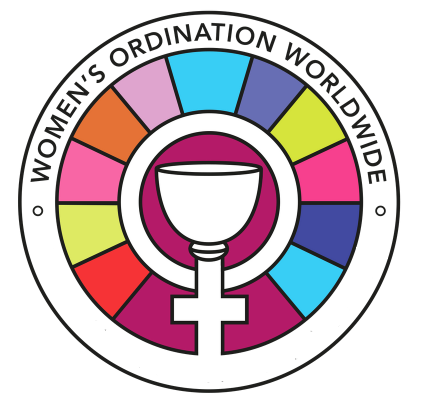Benedict XVI: Light of the World, The Pope, the Church, and the Signs of the Times: A Conversation with Peter Seewald, 2010
/'Benedict XVI Light of the World:
The Pope, the Church and the Signs of the Times'
A Conversation with Peter Seewald
-excerpt translated by Michael J. Miller and Adrian J. Walker (San Fransisco: Ignatius Press, 2010) [accessed in online edition]
[Journalist Peter Seewald:] Celibacy, women’s ordination, homosexuality -- for decades now, this unchanging canon of issues has dominated discussion in the media. Only a positive resolution of these questions, so the thinking goes, will allow the Church to regain her attractiveness. It is striking that the Lutheran Church in Germany -- without celibacy and women’s ordination -- is losing more members than the Catholic Church. On the other hand, it is also true that these positions make the proclamation of the faith harder. Can we briefly go through a few points one by one?
[Pope Benedict:]The impossibility of women’s ordination in the Catholic Church has been clearly decided by a ‘non possumus’ of the supreme Magisterium. The Congregation for the Doctrine of the Faith laid this down under Paul VI in the 1976 documentInter insigniores, and John Paul II reinforced it in his 1994 apostolic letter Ordinatio sacerdotalis. In this document, speaking in virtue of his office about the ‘divine constitution of the Church,’ he writes -- and these are his exact words -- ‘that the Church has no authority whatsoever to convey priestly ordination on women and that this judgment is to be definitively held by all the Church’s faithful.’
[Journalist Peter Seewald:] Critics see this as a form of discrimination. The only reason Jesus did not call women to be priestesses, it is said, is that this would have been unthinkable two thousand years ago.
[Pope Benedict:] That is nonsense, since the world was full of priestesses at the time. All religions had their priestesses, and the astonishing thing was actually that they were absent from the community of Christ, a fact that in turn is a point of continuity with the faith of Israel.
John Paul II’s formulation is very important: The Church has ‘no authority’ to ordain women. The point is not that we are saying that we don’t want to, but that we can’t. The Lord gave the Church a form with the Twelve and, as their successors, with the bishops and the presbyters, the priests. This form of the Church is not something we ourselves have produced. It is how he constituted the Church. Following this is an act of obedience. This obedience may be arduous in today’s situation. But it is important precisely for the Church to show that we are not a regime based on arbitrary rule. We cannot do what we want. Rather, the Lord has a will for us, a will to which we adhere, even though doing so is arduous and difficult in this culture and civilization.
Incidentally, women have so many great and meaningful functions in the Church that there can be no question of discrimination. That would be the case if the priesthood were a sort of dominion, whereas it is actually intended to be pure service. If you look at the history of the Church, women -- from Mary to Monica and all the way down to Mother Teresa -- have so eminent a significance that in many respects they shape the image of the Church more than men do. Just think of major Catholic feast days such as Corpus Christi or Mercy Sunday, which originated with women. In Rome, for example, there is even a Church where not a single man can be seen in any of the altar pieces.
